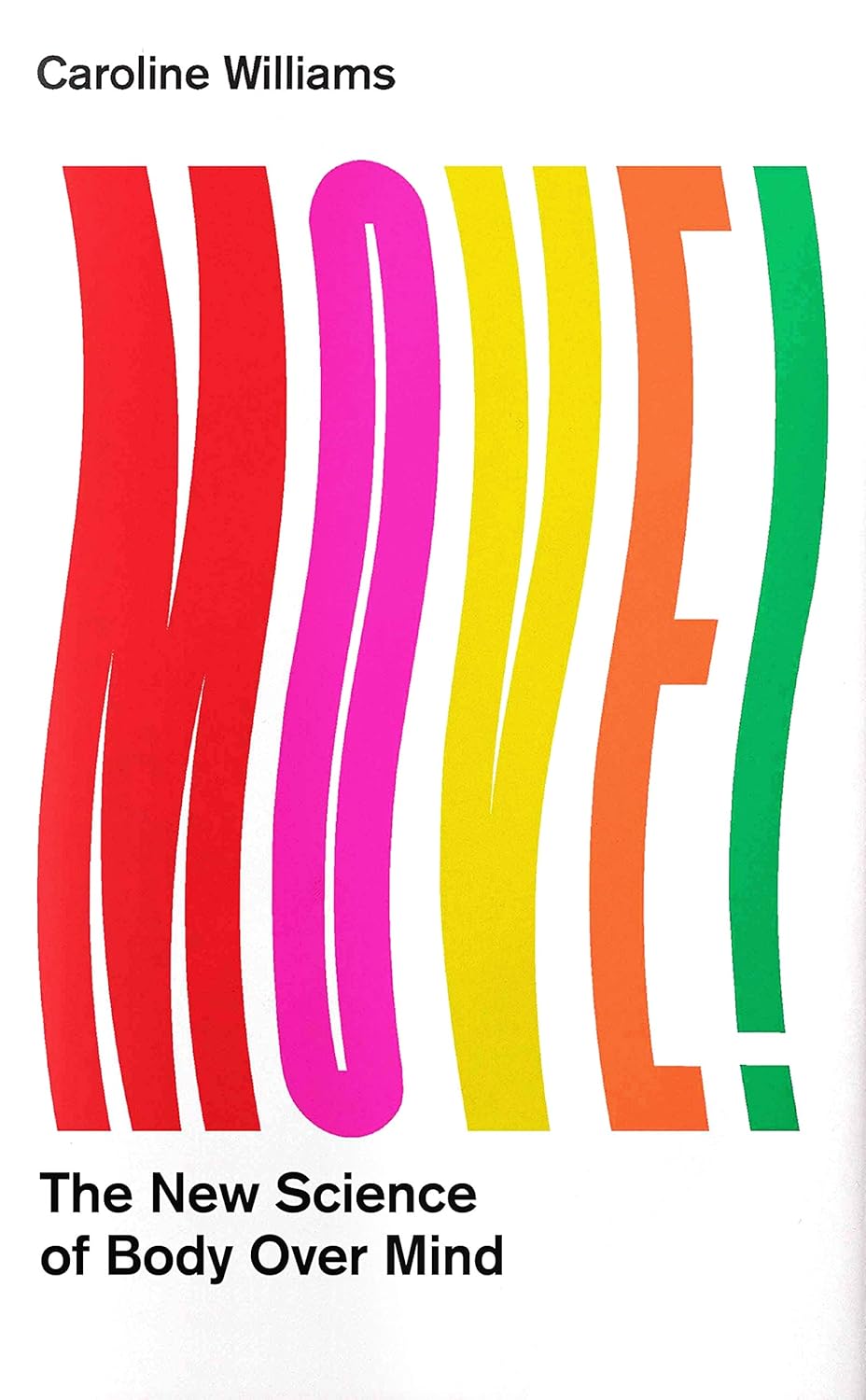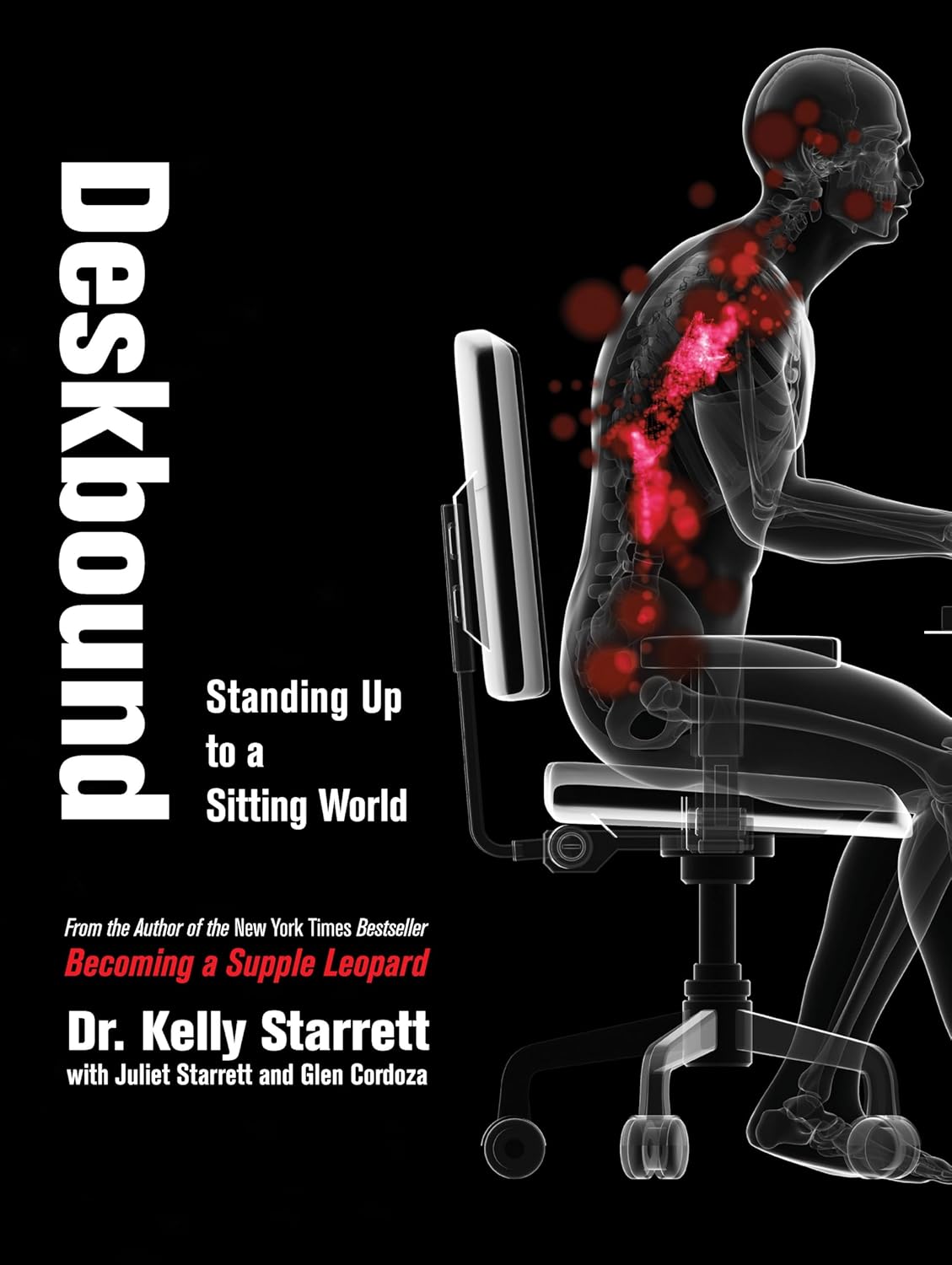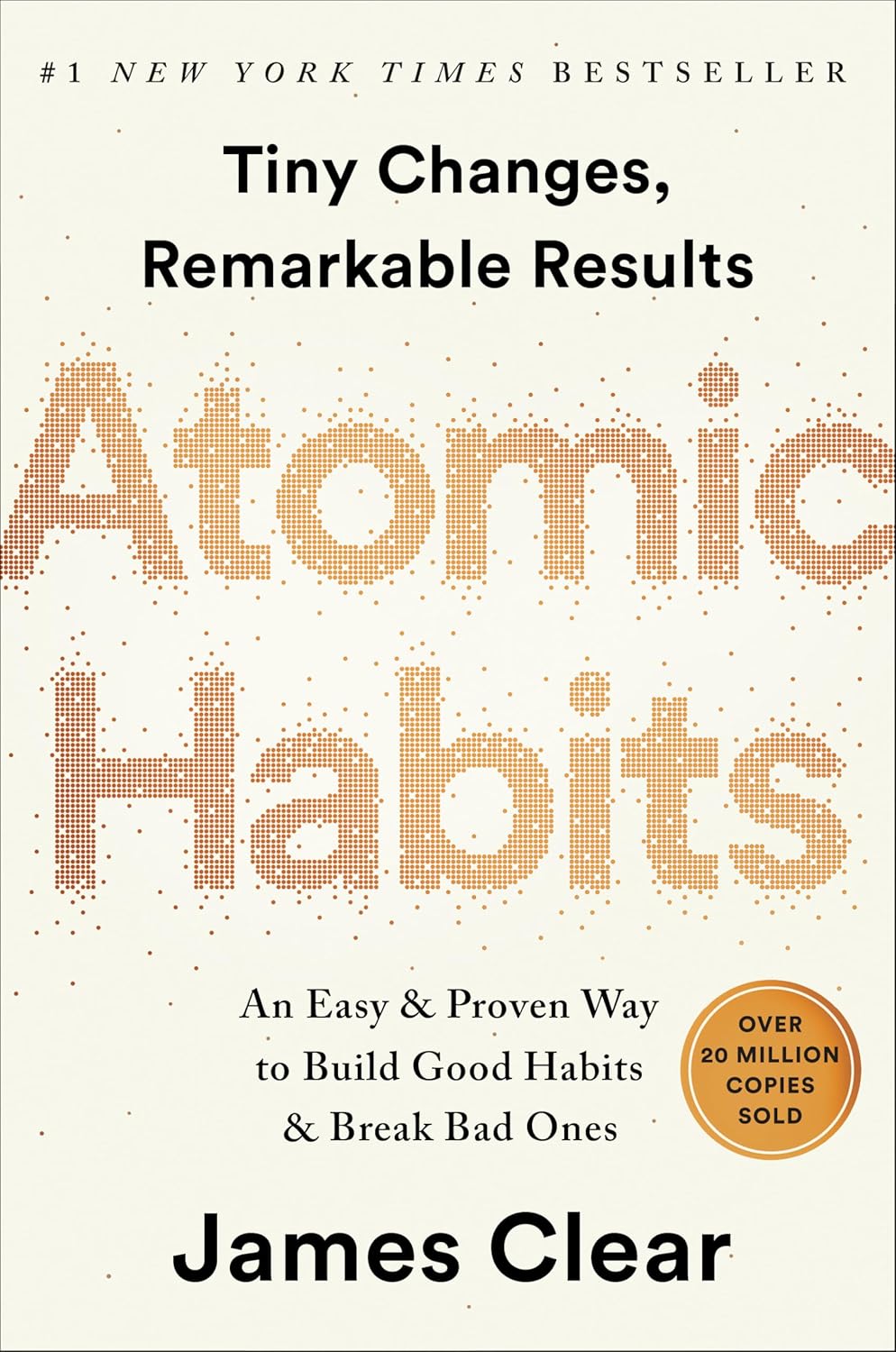In 2001, the world of software development changed with the creation of the Agile Manifesto. This document laid the foundation for a new project management philosophy that allowed teams to adapt quickly to changes, improve collaboration, and focus on customer needs. Key
Role of exercise in remote work
Working from home is great — no traffic, cozy surroundings, flexible hours. But a sedentary lifestyle can cause problems over time. In this article, we’ll show you how to stay in shape between Zoom calls and deadlines, avoid stress and back pain, and keep your productivity high.
Key takeaways
Regular movement boosts productivity, reduces stress, and prevents back pain
Short, daily exercises like stretching or cardio are enough to stay in shape
Scheduling and habit-stacking help integrate physical activity into remote workdays

Physical activity & Remote work
Ah, the joys of working from home – waking up 10 minutes before the Zoom meeting, making pajamas your second skin, spending day after day enjoying the cushions of your very trendy and very comfy sofa – sounds seductive, doesn’t it?
Like many nice things in the world, all these perks come with an unpleasant side of long-term side effects, including physical and mental deterioration. Here’s why moving from time to time is important:
- Increased productivity levels. When you regularly move, your blood starts flowing faster around your body, delivering all kinds of good stuff to your brain. Not only do you feel better physically, but your focus and motivation levels also get a significant boost.
- Less stress, more clarity. Cortisol is one hell of a thing. It makes you anxious, moody, and generally unpleasant to be around. Even though there’s no one around in your home office to tell you how cranky you’ve become, it will still cause you mental distress in the long term. Exercise does a great job of dealing with cortisol, keeping you calm and in touch with your body and mind.
- No more aching back. That sweet-sweet feeling of your back basically falling off. And you’re just 25 — what could be the problem? Look toward your working laptop — he might be the culprit. Even the simplest exercises for your back will keep you looking straight and feeling healthy.
- Almost unlimited energy, no coffee needed. Yes, it does feel kinda weird to say “Want more energy? Move more!”, but it’s exactly how it works. If your body and mind are used to physical activity, sudden energy level drops won’t happen out of nowhere.
Proper exercise for remote specialists
So we’ve located the culprit, bravo, Watson – it was you sitting behind your desk for 8 hours straight all along! It’s incredibly important to keep yourself on the move throughout the day, even if it’s just a very brisk walk between the kitchen and the bathroom. Good news – your body doesn’t need that much to stay in tonus, especially if you’re still in your 20s – 5–10 minutes of light exercise daily is all you need to feel much better about yourself. Here’s a breakdown:
- Quick morning stretch. It’s literally like plugging yourself into the outlet – trust us. Once you’ve practiced shoulder moving, head tilting, hand waving, and a slight running warm-up, your body will start waking you up by itself – no three cups of coffee needed.
- Small warm-up during your breaks. Every 1 to 2 hours, take a small pause to stretch. Make a lock thing behind your back, try to reach your apartment’s ceiling – the best way to get blood going.
- Little tiny cardio session. Put that gym membership card down – you won’t even need it. Besides, it’s like, really dusty. Ew. Squats, jumping jacks, running in place – just a few minutes will do you wonders.
- Back and neck fortifying. These two are the main victims of your dream-like remote job. Try and keep them alive – they’re kinda important. A 1-minute-long plank, some shoulder and neck rotations – that’s all you’ll need.
Not so hard, eh? If you’re feeling particularly bound to your chair today, then try at least some of these without ever standing. It’s called micro-activity, and it does accumulate pretty fast into something you could call daily exercise.
Fitting physical activity into your schedule
If your company basically can’t exist without you and your presence at the desk is required at all times, then try to make physical activity a part of your regular working routine – it’s called habit stacking in some particularly deprived circles, but it does work sometimes. Examples:
- Schedule a movement like a Zoom meeting. If there's no time blocked in your calendar for breaks, they simply won’t happen. Reserve 5–10 minutes in the morning, afternoon, and evening for physical activity. This can be a quick stretch, a walk, or a few back exercises.
Important: Don’t treat this as a distraction, but as an investment in your productivity.
- The 55/5 or 25/5 rule. Work for 25–55 minutes, then move for 5 minutes: stand up, stretch, walk around, or do a couple of exercises from the previous section. It gets your blood flowing and helps your brain reset.
- Set reminders. Even the best intentions get lost in routine. Use phone reminders or fitness apps like Stretchly, Stand Up!, or Google Fit to get gentle nudges like “Time to move!” If you have a smartwatch, use it — they’re great at tracking inactivity.
- Turn video calls into movement breaks. During informal meetings, don’t just sit at your screen — stretch, stand, or walk around the room. If it’s an audio call, that’s the perfect opportunity for a quick stroll or stretch session.
- Try working while standing. If possible, spend part of your workday standing. A height-adjustable desk is great, but a laptop stand, a tall shelf, or even a makeshift “standing desk” using boxes works too.
Combine this with light movement (heel-to-toe rolls, calf raises), and your day becomes more active, almost without noticing.
Interesting fact 
Stanford researchers discovered that walking boosts creative thinking by nearly 60%. Even a short walk around the room can give you a fresh perspective on a problem you’ve been mulling over all day. So if you’re feeling stuck, just stand up and take a few steps. The ideas will start flowing.
Related articles:
For more productive collaboration, check out the article How to organize a team for long-term remote working.
To avoid burnout, read How to achieve work-life balance while working remotely.
To structure your day effectively, explore How to structure your day when working from home: Tips for productivity and balance.
Conclusion
Remote work isn’t a reason to forget about your body. Even small movements throughout the day can noticeably improve your well-being and productivity.
Start simple: stretch after a call, hold a plank before lunch. Platforms like Taskee can remind you to move at just the right time. Over time, these active breaks become a habit, and you’ll be surprised how much energy, clarity, and focus they bring.
Working from home can be not just convenient, but healthy too. The key is to keep moving — and your body will definitely thank you.
Recommended reading 

"Move!: The New Science of Body Over Mind"
A fascinating deep dive into how movement influences your life.
On Amazon
“Deskbound: Standing Up to a Sitting World”
Written by a mobility expert, this is the go-to guide for counteracting the damage of prolonged sitting.
On Amazon
“Atomic Habits”
Not fitness-specific, but excellent for anyone trying to build consistent movement into their workday.
On Amazon






